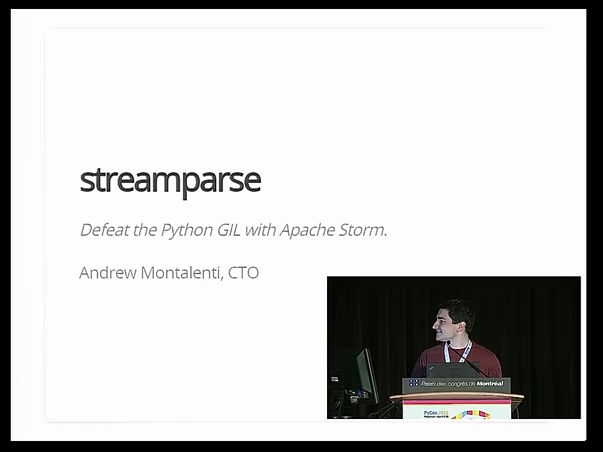
In general, these conversions amount to color spec, depth, channel order (swizzle), adding or removing alpha channel, down- or up-sampling transformations. The following sections describe how input value is converted into output. Backend: inġ - Only available when scale = 1 and offset = 0Ģ - Only available on Jetson TX2 and Jetson AGX Xavier device families The following table shows which combinations of input and output image types are available for conversion. For conversions, they are considered to be grayscale with extended range. Non-color formats are to be used when the information stored isn't represented as a color, such as temperature, speed, etc. The single channel, grayscale formats available are:

grayscale \(\leftrightarrow\) grayscale (useful in depth and range conversions).Several types of conversion are available: scale and offset to be used in range conversions, see range.flags specify how type casts will be performed, see clamp/cast.output image created with requested output type.input image created with requested input type.

Python stream convert image format series#
The algorithm is implemented as a pixel-wise conversion function that reads in the input pixels, applies a conversion-dependent series of transformations and writes the result to the output image in the same position. Color Inputįor list of limitations, constraints and backends that implements the algorithm, consult reference documentation of the following functions: FunctionĬonverts the image contents to the desired format, with optional scaling and offset. The algorithm also supports input range conversion, when one is required to map, for instance, an unsigned char \(\) image into signed short \(\) range. It handles both color spec, format and depth conversions. The Convert Image Format is used to convert an image with a given format into another format.


 0 kommentar(er)
0 kommentar(er)
